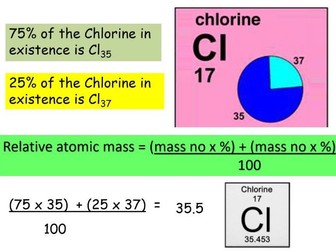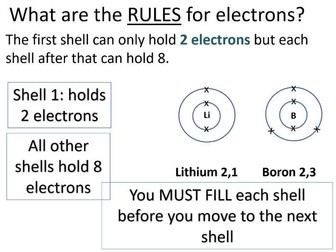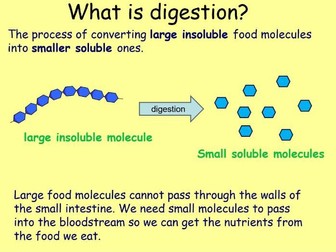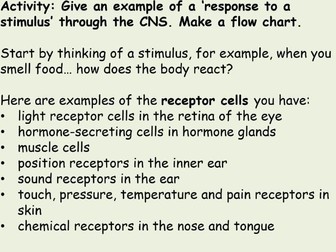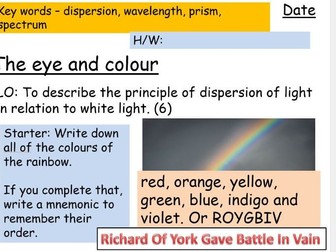Isotopes
<p>To define what an isotope is.<br />
To calculate the RAM from the relative masses and abundances of its isotopes. Higher topic<br />
recap atomic structure keywords.<br />
fill out atomic structure worksheet.<br />
write down definition of isotope.<br />
Worksheet has 4 questions, one example, 3 to do themselves, becoming gradually harder. Class green pen together.<br />
AFL Plenary is a game of bingo using the new key words and definitions from this lesson.</p>
